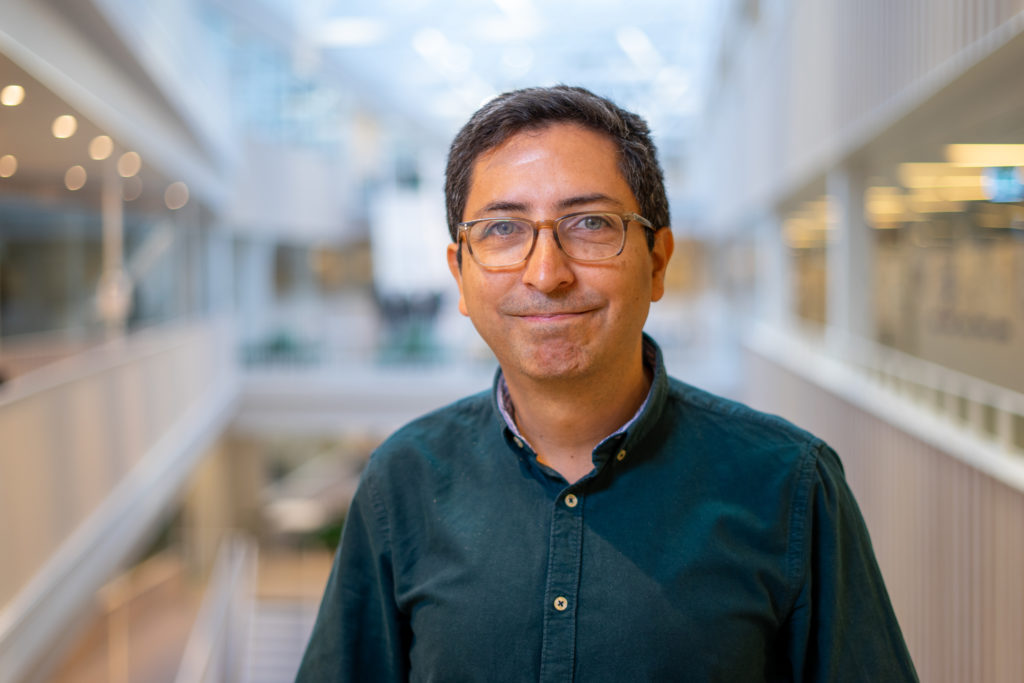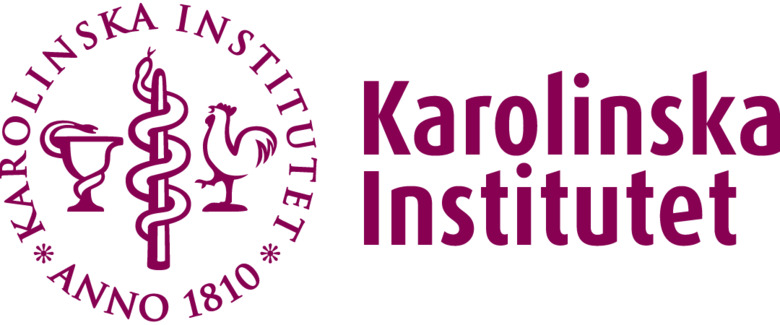Rodrigo Moreno
Programme Director Clinical application of next-generation brain magnetic resonance elastography for neurodegenerative diseases and brain tumours. Associate Professor and Senior Lecturer at the Department of Biomedical Engineering and Health Systems at KTH Royal Institute of Technology.

What research do you do at MedTechLabs?
Magnetic resonance elastography (MRE) is a magnetic resonance imaging (MRI) modality that estimates mechanical properties of tissues non-invasively. MRE can be used to diagnose different brain diseases. MRE is a very young research field with plenty of room for improvement. In this program, we are proposing the next generation of MRE methods, intending to implement them in clinical practice. The current methods generate limited mechanical information about the brain tissue at a relatively low image resolution. The proposed methods will provide a better mechanical characterization of tissues for improved diagnosis. Moreover, using additional MRI modalities, we will be able to better understand the mechanism behind the changes in mechanical properties due to diseases. This can eventually lead to better treatments for patients.
What impact do you hope to achieve with your research?
Neurodegenerative disorders and brain tumors affect millions of persons worldwide. While standard MRI is crucial in clinical diagnostics, it is largely limited to morphological features. Understanding how the mechanical properties of tissues change due to disease can give valuable information for improving their early detection and diagnosis. A promising tool for this is MRE. We will apply the new MRE methods in four clinical studies targeting Parkinson’s disease, multiple sclerosis, Alzheimer’s disease patients, and patients with brain tumors. Different studies have reported that brain softening due to these neurological diseases happens even before morphological changes are visible. Our goal is to go beyond and use a richer set of biomechanical parameters to improve the early diagnosis of these diseases. The methods are general enough to be applied to other brain diseases. As for brain tumors, standard MRE can be used to decide the best surgical procedure for every specific patient. With the new methods, we expect to be able to extract more information so that the surgeon can determine the most appropriate procedure for challenging glioblastomas, for example.
When would this research come to practical use for the patients?
We will run four different clinical studies in this program, one per patient group. Should advanced MRE be clinically relevant in any of these studies, we will start its implementation in clinical workflows of Karolinska University Hospital during the duration of the program. The implementation will involve different stakeholders, including patient associations.
What is Your professional background and Your motivation as a researcher?
My background is in electrical engineering and computer science. I got my PhD in computer vision at the Polytechnic University of Catalonia in 2010. I was a postdoc first and an assistant professor later at Linköping University, 2010-2015. I have been at KTH since 2015, when my research group moved from Linköping. In 2020, I was appointed as Associate Professor at KTH in medical image analysis and magnetic resonance imaging at the Department of Biomedical Engineering and Health Systems (MTH). My main motivation at work is to make a real impact in improving people’s lives. In this project, we will have a unique opportunity to do it with a fantastic team of 14 leading researchers from KTH, KI and Lund University.
Contact Rodrigo Moreno: rodmore@kth.se

